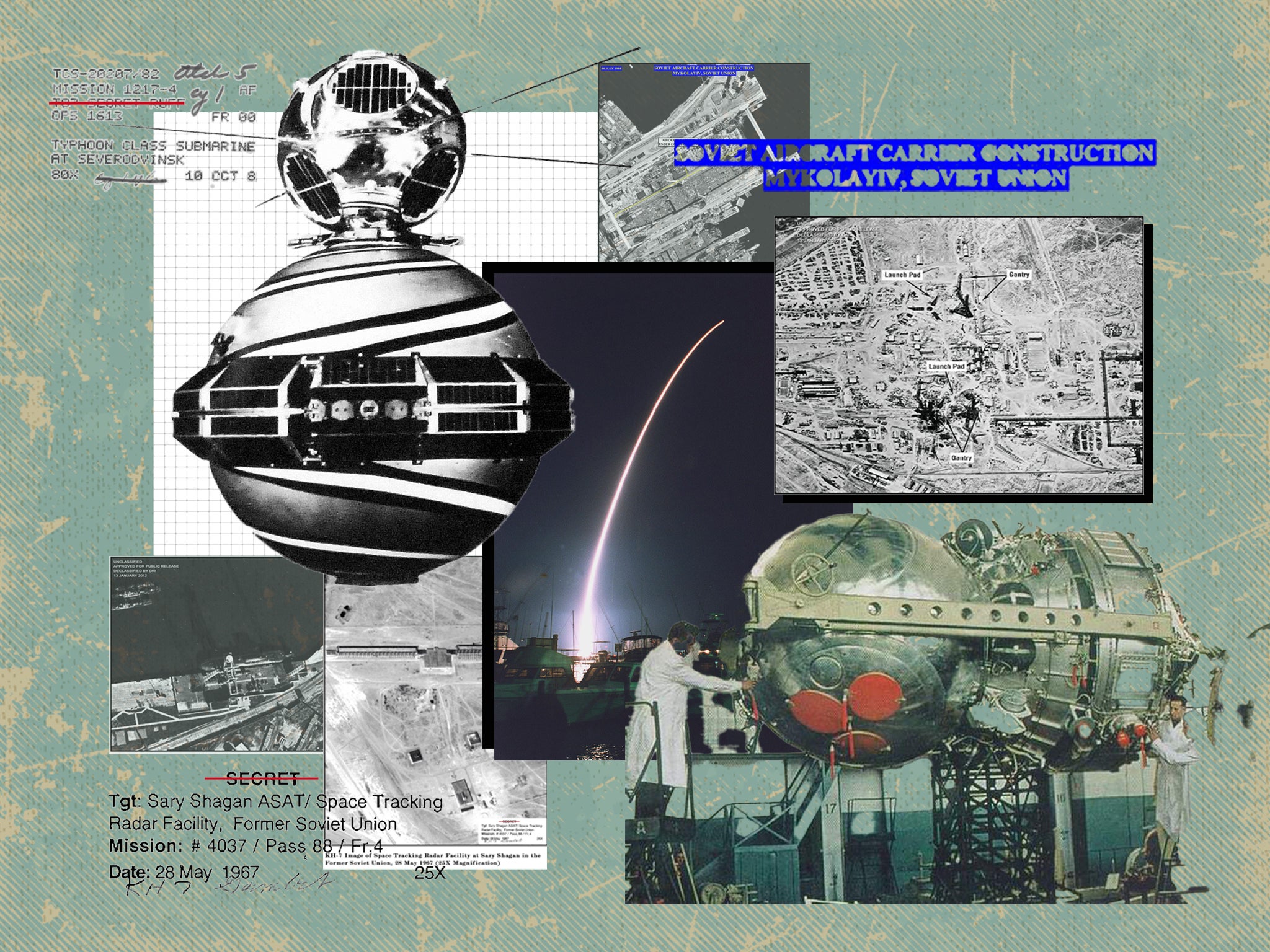How Cold War spy satellites helped prevent a world war
With the advent of spy satellites came continuous enemy observation and the element of surprise disappeared. Mick O’Hare looks at the lasting impact it’s had on warfare

The weather balloon carrying the microfilm rises into the Arctic air. A Soviet Air Force MiG travelling at Mach 2 swoops in to ensnare it. But, gazing upwards from the ice into the freezing sky, Captain Ferraday squeezes the remote trigger. The film capsule explodes, debris falls to the snow and the two armies facing each other across the frigid waste retreat into the blizzard.
Admittedly this is the denouement to a movie starring the likes of Rock Hudson and Patrick McGoohan, rather than the Red Army facing off with a bunch of western spooks, but it’s probably one of the best endings to a Cold War plot in cinematic history. And more significantly Ice Station Zebra, written by Alistair MacLean, was based on fact.
Hudson, who played US submarine captain Ferraday, had been despatched to the North Pole to retrieve a film ejected from a reconnaissance satellite that had come down in the Arctic. He was racing to beat the Soviets who were also desperate to get hold of it. Back in the 1960s, this stuff was really going on.
Subscribe to Independent Premium to bookmark this article
Want to bookmark your favourite articles and stories to read or reference later? Start your Independent Premium subscription today.
Join our commenting forum
Join thought-provoking conversations, follow other Independent readers and see their replies